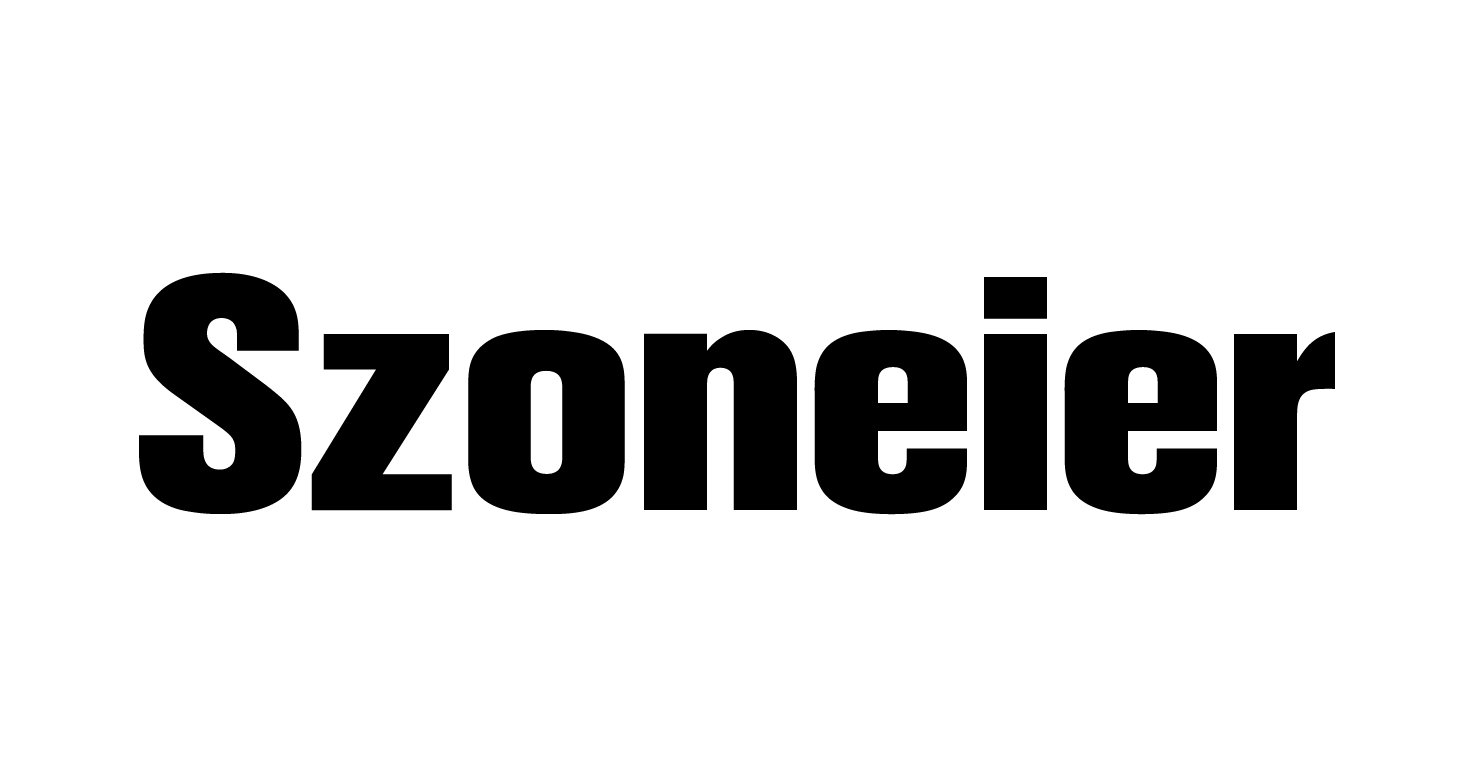Imagine unwrapping a bolt of lustrous silk so smooth it practically glides through your fingers—each yard a testament to centuries of sericulture mastery. But peel back the layers of that dreamy drape, and you’ll find a complex world of quality grades, raw‑material sourcing, and processing techniques that all feed into the final wholesale price.
6A grade mulberry silk represents the pinnacle of purity and uniformity—only the finest single‑strand fibers free of imperfections. This level of quality commands a wholesale price premium of 20 %–30 % over lower grades, reflecting rigorous testing and traceable provenance.
Now picture a small atelier in Paris that insisted on 6A silk for its spring collection—only to watch its margin shrink until it learned to negotiate directly with a Chinese mill, cutting costs by 15 % without ever compromising on grade. Intrigued? Let’s unravel the numbers behind 6A silk pricing—and discover how you can secure top quality at smart rates.
What Defines 6A Grade Mulberry Silk Quality and Purity?
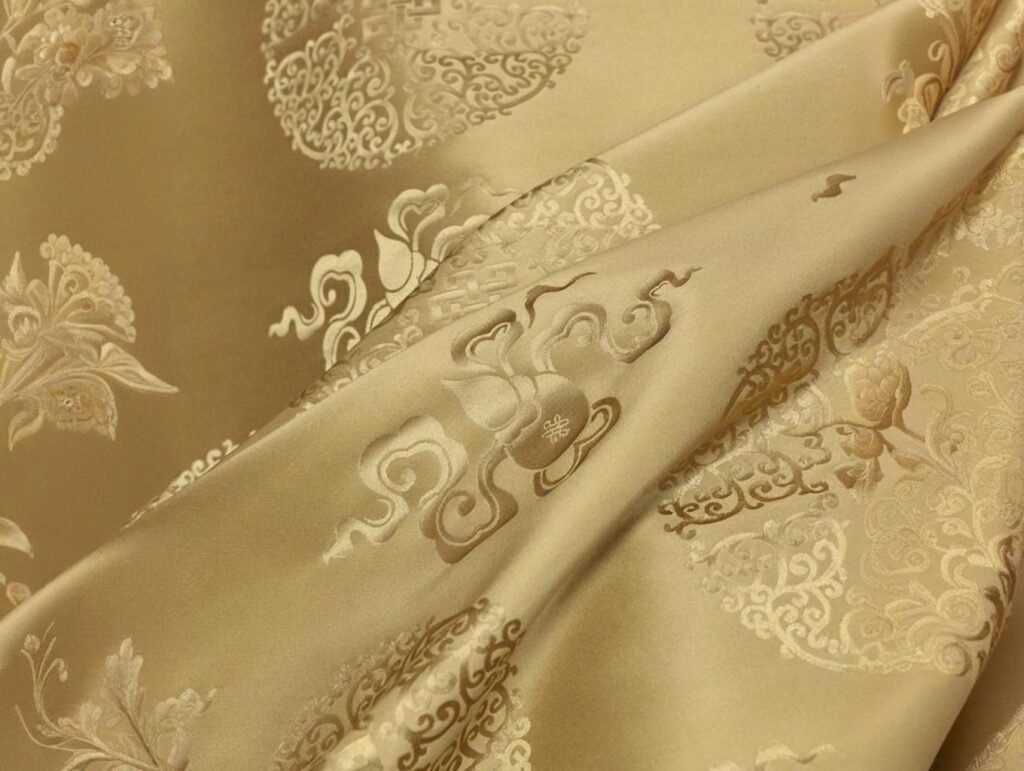
6A grade stands at the summit of silk classification: fibers must exceed 22 denier in diameter, register a single‑strand strength above 3.2 grams, and show zero visible defects under 10× magnification. Only cocoons harvested at peak maturity, reared on mulberry leaves, produce fibers this uniform. 6A grade mulberry silk is characterized by a single‑strand strength over 3.2 g, a minimum diameter of 22 denier, and zero detectable defects under high‑power magnification—ensuring exceptional luster, tensile strength, and hand feel.
- Denier & Filament Strength: Why 22–25 denier hits the sweet spot for both drape and durability
- Microscopic Defect Inspection: The role of 10× magnification in eliminating slubs and weak spots
- Sericulture Practices: How controlled temperature and feed regimens in Zhejiang Province yield consistent 6A cocoons
- Case Study: Zhejiang Cooperative vs. Independent Mono‑Floret Farms
| Quality Metric | 6A Threshold | 5A Comparison | Impact on Fabric |
|---|---|---|---|
| Single‑Strand Strength | ≥ 3.2 g | 2.8–3.1 g | Higher tensile life |
| Fiber Diameter (Denier) | 22–25 denier | 18–22 denier | Richer drape |
| Defect Rate | 0 per 1,000 m | ≤ 2 per 1,000 m | Uniform appearance |
Critical Perspectives:
- Perceived vs. Measurable Quality: Some brands market “6A” without third‑party testing—always request lab reports.
- Yield Variability: Strict grading discards up to 15 % of raw fiber—understand how that affects lead times and price.
How Is 100% Mulberry Silk 6A Grade Classified and Tested?
Classification of 6A silk follows ISO 1833:2015 standards, involving tensile testers, denier balances, and visual inspections. Labs measure ten 10 cm filament samples from random cocoons, averaging results to certify each batch. In addition, color fastness tests under AATCC protocols ensure that after 10 industrial washes, the silk retains 4+ on a 5‑point scale. Under ISO 1833:2015, 6A mulberry silk is certified through tensile strength testing of ten random 10 cm filaments (average ≥ 3.2 g), denier measurement (average 22–25 denier), and defect inspection, with AATCC 132 colorfastness rated at least 4 out of 5 after commercial laundering.
- ISO vs. Local Standards: How Chinese GB/T 26993 compares to ISO requirements
- Statistical Sampling Methods: Why ten samples per batch offer a 95 % confidence level
- Colorfastness Protocols: AATCC 132 (laundering) vs. AATCC 61 (accelerated wash) for silk
- Lab Accreditation: Importance of CNAS or ILAC‑MRA marks on test reports
- Case Study: Third‑Party Audit in Suzhou Mill
| Test Type | Standard | Pass Criteria | Implication for Buyer |
|---|---|---|---|
| Tensile Strength | ISO 2062 | ≥ 3.2 g | Guarantees durability |
| Denier Measurement | ISO 2060 | 22–25 denier | Ensures consistent drape |
| Defect Inspection | ISO 2409 | 0 defects | Uniform surface |
| Colorfastness to Laundering | AATCC 132 | ≥ 4 (5‑point) | Long‑term vibrancy |
Critical Perspectives:
- Lab Integrity: Some suppliers inlay test certificates without batch linkage—insist on barcoded, batch‑specific reports.
- Over‑Certification Risk: Excessive testing adds time and cost—balance quality needs with lead‑time demands.
Which Cost Components Contribute to the Wholesale Price of 6A Grade Silk?
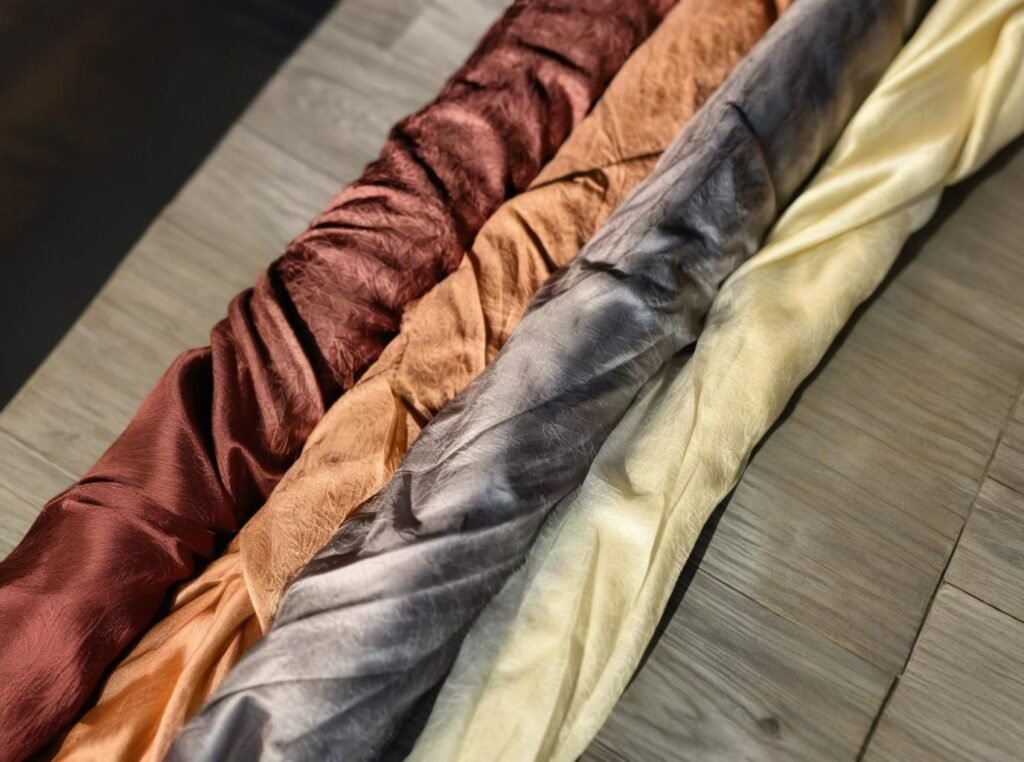
When you receive your price sheet, it’s not just “silk + markup.” The wholesale rate for 6A silk bundles raw‑material cost, labor, testing, finishing, and inward logistics. Typically, raw mulberry silk cocoons account for 40 % of the price, labor and processing 25 %, quality testing and certification 10 %, finishing (degumming, bleaching, softening) 15 %, and packaging/logistics 10 %. A 6A grade silk wholesale price breaks down roughly as 40 % raw cocoon cost, 25 % processing labor, 15 % finishing, 10 % testing/certification, and 10 % packaging & logistics—reflecting the rigorous steps needed to deliver flawless, ready‑to‑weave silk.
- Raw Silk Procurement: How auction vs. contract farming affects price volatility
- Processing Stages & Labor Costs: Degumming, spinning, weaving—each adds specialized labor charges
- Testing & Certification Fees: Lab turnaround time vs. batch volume discounting
- Finishing Add‑Ons: Moiré, mercerization, silicone softeners—optional upgrades vs. standard finish
- Logistics & Packaging: Silk’s fragility demands climate‑controlled pallet shipping and bespoke packaging
| Cost Category | Percentage of Total Cost | Notes |
|---|---|---|
| Raw Mulberry Cocoons | 40 % | Market‑driven by cocoon yields and season |
| Labor & Processing | 25 % | Includes spinning, weaving, initial QC |
| Finishing (Degum & Soft.) | 15 % | Varies by finish type (standard vs. premium) |
| Testing & Certification | 10 % | ISO + AATCC fees, third‑party auditing |
| Packaging & Logistics | 10 % | Climate‑controlled, custom packaging |
Critical Perspectives:
- Raw Material Hedging: Some mills hedge cocoon purchases via futures contracts to stabilize prices.
- Labor Intensity vs. Automation: Investments in automated reeling can reduce processing costs but may impact silk “hand.”
- Certification Trade‑Offs: Premium “organic” or “Oeko‑Tex” certifications can add 5 %–10 % to overall cost.
How Do Raw Material Sources and Processing Methods Impact Pricing?
Not all 6A silk is born equal. Silk from Zhejiang’s cooperative farms—where mulberry groves and rearing follow strict BMP guidelines—tends to command a 10 % premium over generic contract‑farm lots. Moreover, processing methods such as cold‑water degumming preserve fiber integrity but cost up to 20 % more in energy and labor compared to traditional hot‑water methods. Sourcing 6A silk from certified cooperative farms adds about 10 % to raw‑material costs, while premium processing like cold‑water degumming can boost processing fees by up to 20 %, reflecting higher energy consumption and specialized labor.
- Farm Certification Tiers: Cooperative vs. independent vs. unverified sources
- Degumming Temperature Profiles: Cold‑water vs. hot‑water pros and cons
- Energy & Water Consumption: Sustainability impact and cost implications
- Silk Washing & Bleaching Variants: Ozone bleaching vs. peroxide—cost vs. environmental footprint
- Case Study: Cold‑Water Degumming in Hangzhou vs. Standard Processing in Anhui
| Variable | Standard Method | Premium Method | Price Delta |
|---|---|---|---|
| Cocoon Source | Contract Farm | Certified Cooperative | +10 % |
| Degumming Process | Hot‑Water (80 °C) | Cold‑Water (25 °C) | +20 % |
| Water Usage (L/kg Silk) | 200 L | 150 L | −25 % |
| Energy Consumption (kWh/kg) | 5 kWh | 8 kWh | +60 % |
| Labor Hours per kg Silk | 2 hrs | 2.5 hrs | +25 % |
Critical Perspectives:
- Sustainability vs. Cost: Cold‑water degumming saves water but increases energy use—assess your green priorities.
- Traceability Premium: Buyers keen on social compliance and origin transparency will often pay the cooperative premium.
- Regional Processing Clusters: Pro proximity to cheap hydroelectric power (e.g., Yunnan) can offset premium processing costs.
What Are Typical Wholesale Price Ranges for 6A Mulberry Silk Across Key Regions?
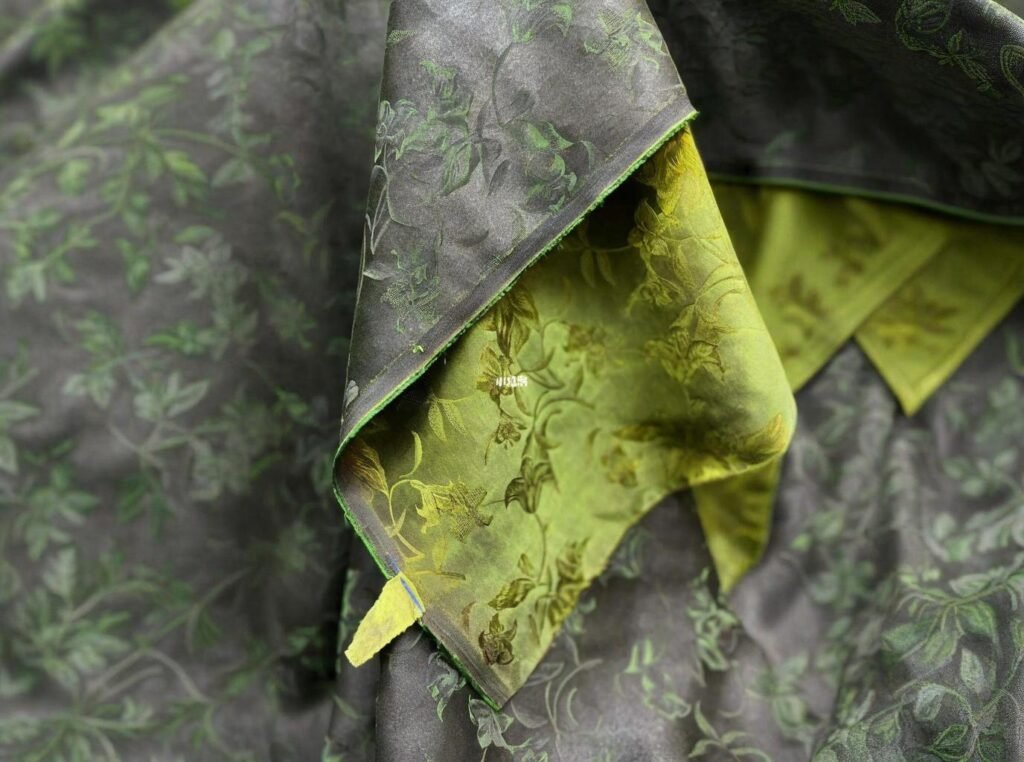
Wholesale prices for 6A grade mulberry silk fluctuate by region, reflecting local labor rates, energy costs, and farming practices. In China’s silk belt (Zhejiang, Jiangsu), you’ll pay approximately $18–$22 per meter for standard 22 mm width. India’s Bombyx mori centers (Mysore, Varanasi) offer $16–$20 per meter but may carry higher logistics fees. European silk hubs (Como, Lyon) command $25–$30 per meter, driven by artisanal weaving and strict environmental regulations. In China’s Zhejiang region, 6A 22 mm silk wholesale runs $18–$22/m; India’s silk centers range $16–$20/m; and European hubs cost $25–$30/m, reflecting local labor, farming practices, and regulatory overheads.
- China (Zhejiang/Jiangsu): High-volume cooperative farms, moderate energy costs.
- India (Mysore/Varanasi): Lower labor rates, higher shipping expense.
- Europe (Italy/France): Premium artisanal control, strict eco‑standards.
- Turkey (Bursa): Emerging player at $20–$24/m with Oeko‑Tex focus.
- USA (Imported): After duties and freight, $30–$35/m in New York markets.
| Region | Price Range (USD/m) | Key Drivers |
|---|---|---|
| China | $18–$22 | Scale farming, efficient processing |
| India | $16–$20 | Low labor, higher logistics |
| Italy/France | $25–$30 | Artisanal, regulatory compliance |
| Turkey | $20–$24 | Emerging, Oeko‑Tex certified |
| USA (Imported) | $30–$35 | Duties + freight |
Critical Perspectives:
- Duties & Tariffs: US import duties on raw silk can add 7.5 %–12 %, pushing landed cost above $30/m.
- Currency Fluctuations: RMB and INR exchange rates can shift margins by 5 %–8 % quarterly.
- Local Premiums: European mills often include environmental surcharges of 3 %–5 %.
Do Order Quantities and MOQs Affect Unit Prices, and How?
Just like prints, silk benefits from economies of scale. In China, ordering 300 m of 6A silk may net a $1–$2 discount per meter compared to a 100 m lot. In Italy, drops from 500 m to 1,000 m can shave off $3/m—critical for large collections. However, smaller runs (50 m–100 m) typically carry a 10 %–15 % premium due to setup and lower throughput. In China, a 300 m order of 6A silk yields a $1–$2/m discount vs. 100 m; in Italy, scaling from 500 m to 1,000 m cuts $3/m. Conversely, 50 m runs often incur a 10 %–15 % premium.
- MOQ Tiers in China: 100 m, 300 m, 500 m thresholds; cost breaks at each tier.
- Italian Scale Steps: 250 m, 500 m, 1,000 m; artisan time amortization.
- Custom MOQs for Sample Orders: Negotiating 10 %–20 % MOQ reductions for prototypes.
- Co‑Ordering Strategies: Pooling with other labels to hit higher tiers without extra yield.
- Case Study: Parisian Studio’s 100 m Pilot vs. 500 m Production Run
| Order Quantity | China (USD/m) | Italy (USD/m) | Discount vs. Baseline |
|---|---|---|---|
| 50 m | $22.00 | $30.00 | +10 % premium |
| 100 m | $20.00 | $28.00 | Baseline |
| 300 m | $18.50 | $26.00 | 7.5 % (China), 7.1 % (Italy) |
| 500 m | $17.50 | $25.00 | 12.5 % (China), 10.7 % (Italy) |
| 1,000 m | $16.00 | $22.00 | 20 % (China), 21.4 % (Italy) |
Critical Perspectives:
- Storage & Cash Tied Up: Larger orders reduce unit cost but increase inventory holding risk.
- MOQ Flexibility Required: Emerging labels may accept small premiums to test designs before scaling.
- Contractual Forecasts: Signing 6‑month volume commitments often unlocks deeper tiered pricing.
What Market Trends Are Driving Changes in 6A Grade Silk Wholesale Rates?
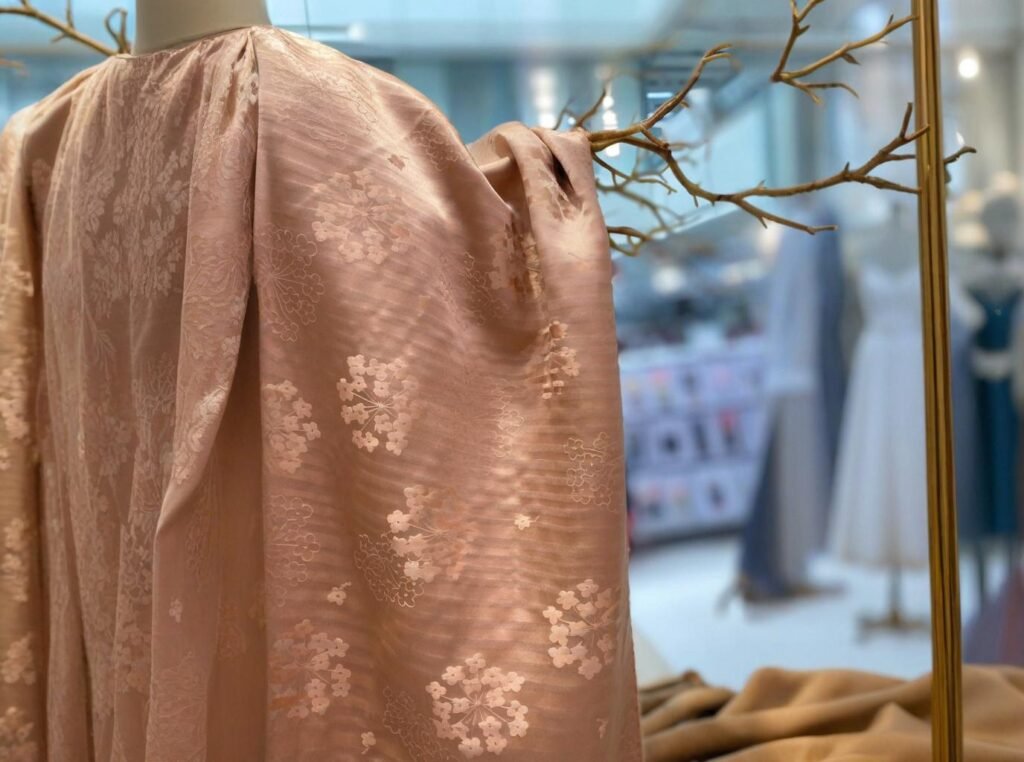
Recent shifts in consumer demand and industry practices are reshaping 6A silk prices. The rise of sustainable fashion has driven interest in traceable, organic sericulture, adding a 5 %–10 % premium for certified “green” silk. Meanwhile, digital sampling technologies have shortened development cycles, enabling mills to reduce speculation inventory—pushing some Chinese suppliers to lower baseline prices by 3 %–5 % to stay competitive. Sustainability certifications (e.g., Oeko‑Tex, GOTS) now command a 5 %–10 % price premium, while pressure from rapid‑sampling digital platforms has enabled some mills to reduce standard 6A wholesale rates by 3 %–5 % to attract fast‑fashion labels.
- Eco‑Certification Impact: How GOTS, Oeko‑Tex, and organic mulberry standards influence cost
- Digital Sampling & Just‑In‑Time: Reducing mill inventory risk and passing savings to buyers
- Regional Trade Agreements: Effects of RCEP and EU‑China tariffs on landed silk costs
- Luxury vs. Fast Fashion Dynamics: Diverging pricing strategies by segment
- Case Study: Silk Mill Pivot to Sustainable Lines in Jiangsu
| Trend | Price Impact | Duration/Outlook |
|---|---|---|
| Sustainability Certification | +5 %–10 % | Continuing growth |
| Digital Sampling Platforms | −3 %–5 % | Medium term |
| RCEP Tariff Reductions | −2 % on imports | 2022–2032 (10‑year span) |
| Fast‑Fashion Partnerships | −4 %–6 % | Ongoing seasonal cycles |
| Artisan Premium Collections | +8 %–12 % | Niche, long‑term |
Critical Perspectives:
- Certification Trade‑Offs: Eco‑labels enhance brand image but fragment production, sometimes leading to MOQ increases.
- Platform Pressure: While digital sampling lowers costs, it may cannibalize margins for traditional mills.
- Geopolitical Risks: Tariff changes can reverse quickly—always factor a 5 % buffer into landed cost estimates.
How Can Buyers Compare Price Sheets and Negotiate Optimal Terms?
Comparing price sheets line by line is the first step; the art lies in using that data to negotiate better terms. Start by normalizing all prices to a common width (e.g., per 22 mm) and including estimated duties and logistics to get a true landed‑cost view. Then leverage multiple quotes to ask for tiered discounts, longer‑term price locks, or bundled services (testing, packaging, shipping) to maximize value. Normalize quotes to per‑meter, per‑width, landed cost; benchmark against at least three regions; then negotiate tiered discounts, price‑lock agreements, and bundled services like expedited testing or climate‑controlled shipping to secure optimal terms.
- Normalization Techniques: Converting varied widths, currencies, and incoterms into apples‑to‑apples metrics
- Benchmarking Across Vendors: Building a comparative matrix of at least three international suppliers
- Negotiation Levers: MOQs, payment terms (net 60 vs. net 30), bundled certification, and logistics add‑ons
- Long‑Term vs. Spot Contracts: Pros and cons of fixed‑rate agreements vs. one‑off sourcing
- Case Study: New York Atelier’s Multi‑Vendor RFP Process
| Negotiation Element | Best Practice |
|---|---|
| Price Normalization | Convert all rates to USD/m per 22 mm width, CIF or DDP terms |
| Volume Commitments | Secure deeper discounts at 500 m, 1,000 m, and 2,000 m tiers |
| Payment Terms | Extend to net 60 for cash‑flow relief, negotiate early‑pay rebates |
| Service Bundling | Combine testing, packaging, and shipping under one contract |
| Renewal & Escalation Clauses | Cap annual price increases to ≤ 3 % |
Critical Perspectives:
- Power Dynamics: Larger brands naturally have more leverage; emerging labels may need to offer pilot‑run premiums.
- Transparent vs. Opaque Pricing: Push suppliers for breakdowns of raw vs. processing costs to inform smarter negotiation.
- Relationship Capital: Suppliers often reward trustworthy, repeat buyers—invest in clear communication and on‑time payments.
From defining the gold‑standard 6A quality to unpacking every component of your wholesale price sheet—from raw cocoons to end‑to‑door delivery—mastering 6A mulberry silk sourcing is part art, part science. Armed with detailed regional benchmarks, cost‑driver insights, and negotiation tactics, you can secure top‑tier 6A silk at competitive rates without compromising on quality.
Ready to elevate your silk offerings with precision‑graded 6A mulberry? Reach out to SzoneierFabrics for customized quotes, free samples, and expert guidance:
Let’s weave your next success story—together.
